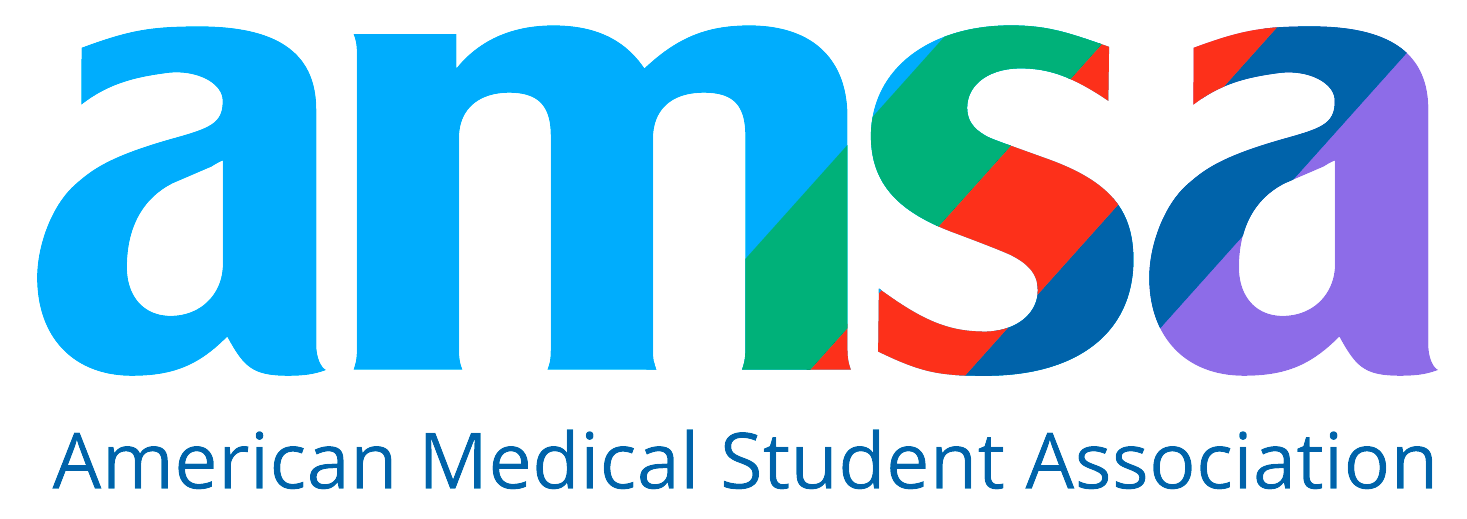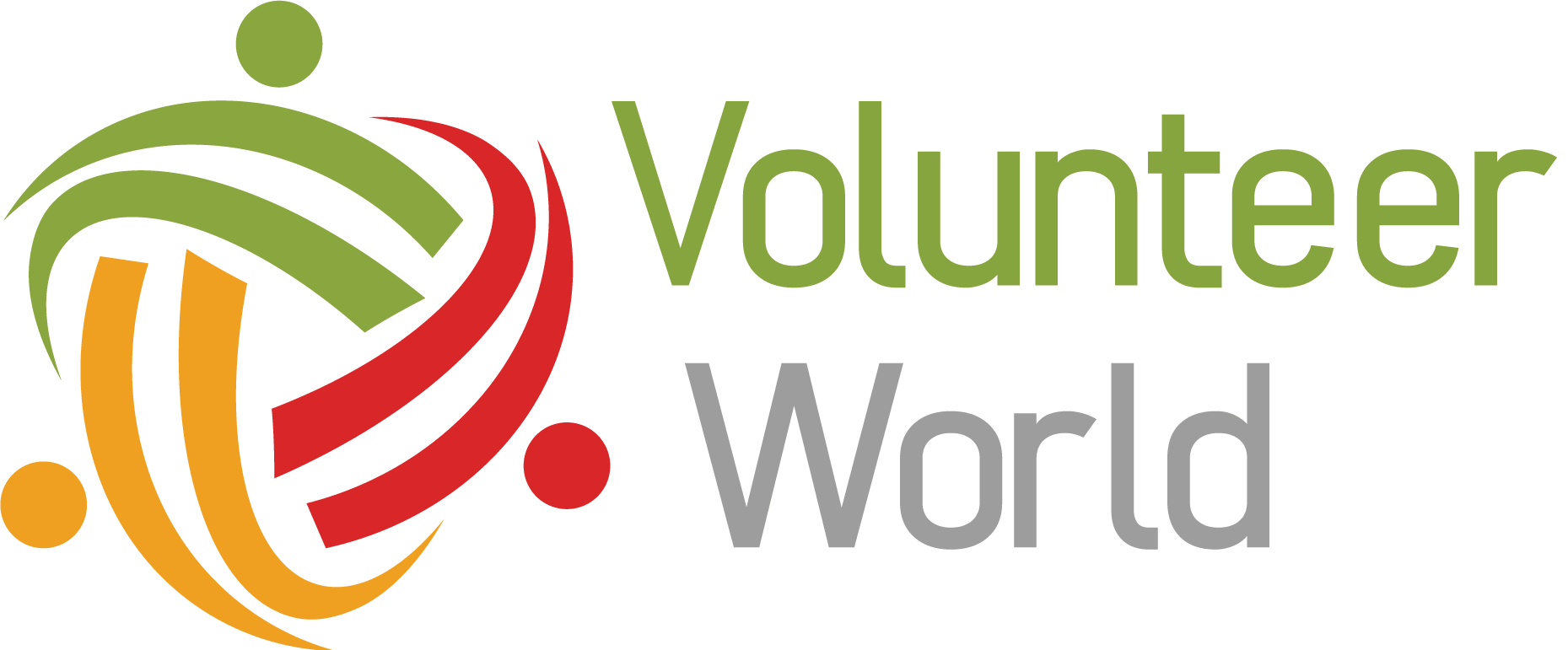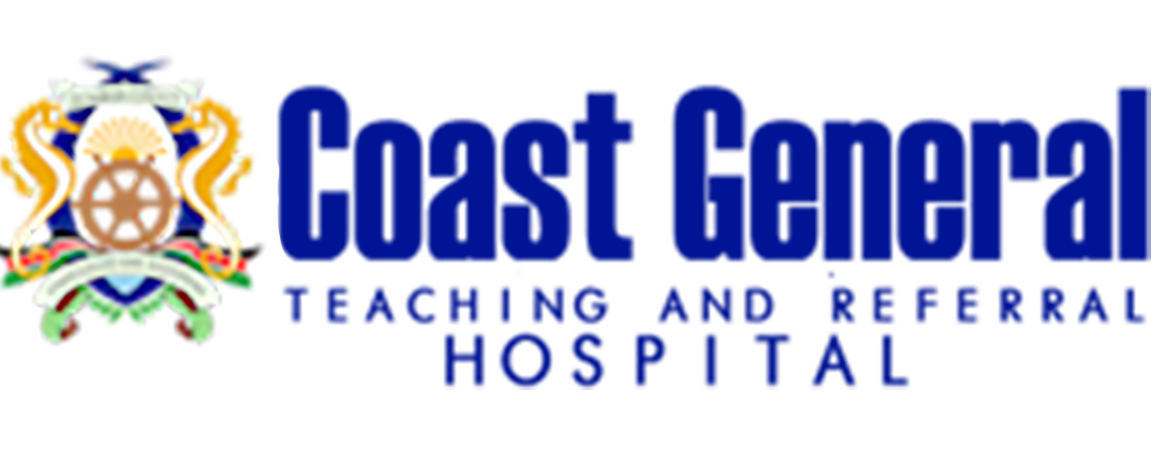Why Some Student Debt Isn’t Bad: A Smart Look at Medical School Loans
Go-Elective Abroad
Why Some Student Debt Isn’t Bad: A Smart Look at Medical School Loans
Student debt is often painted as a universal burden but not all debt is created equal. For future doctors, physician assistants, and other healthcare professionals, student loans can actually be a strategic investment. Especially when managed wisely through federal programs, refinancing, or loan forgiveness.
In fact, medical school debt is considered among the “safest” forms of student borrowing, with default rates under 1% and strong long-term earning potential. If you’re planning to pursue medicine or a related healthcare field, understanding the margin of safety, risk profile, and repayment opportunities for your loans can help you make informed, confident decisions about your education.
Here’s why medical school debt may not be as scary as it seems and how to use it productively.
Not All Student Debt Is Created Equal
Borrowing $200,000 for an unfocused degree with low job security? Risky.
Borrowing $250,000 for a path that leads to a stable, high-paying, in-demand career? Strategic—if you have a clear plan.
Medical school loans fall into the latter category because:
- Physicians have some of the lowest default rates of any profession (well under 1%)
- Long-term median salaries for doctors exceed $200,000 per year
- Debt-to-income ratios tend to improve dramatically within 3–7 years post-residency
- Most lenders consider medical students very low-risk borrowers
This allows many future physicians to refinance at 1–2% interest rates (variable)—a rate that’s virtually unheard of in other sectors.
The Concept of “Good Debt” in Medicine
“Good debt” doesn’t mean free money. It means debt that is:
- Productive (generates future income)
- Low risk of default
- Supports upward mobility
- Can be paid off or forgiven efficiently
Medical education fits this model exceptionally well—particularly when paired with smart repayment strategies and loan forgiveness options.
Public Service Loan Forgiveness (PSLF): Tax-Free Forgiveness
One of the most powerful tools available to future healthcare providers is the Public Service Loan Forgiveness (PSLF) program.
How PSLF Works:
- You work for a nonprofit hospital, academic institution, or government agency
- You make 120 qualifying monthly payments under an income-driven repayment (IDR) plan
- After 10 years, the remaining loan balance is forgiven—tax free
Physicians, PAs, and dentists who work in public or rural health settings (which includes many Go Elective alumni) may qualify.
Read: Top 10 Advantages of Doing Your Medical Internship in Africa
State-Based Repayment Assistance and Tax-Free Programs
In addition to PSLF, many U.S. states offer tax-free loan repayment to healthcare providers who:
- Work in underserved areas
- Specialize in primary care, family medicine, OB/GYN, or psychiatry
- Agree to a multi-year service commitment
For example:
- California offers up to $300,000 in repayment for eligible physicians
- Texas offers $160,000+ for primary care providers
- New York, Illinois, and others have similar programs
These programs can effectively erase a large portion of your debt—without the tax burden of private forgiveness schemes.
Refinancing: When It Makes Sense
Once you finish training and have a predictable income, refinancing your student loans can offer significant benefits:
- Lower interest rates (often between 1–2% variable for doctors)
- Shorter repayment periods (5–10 years)
- Simplified management of multiple loans
But refinancing does come with trade-offs—like losing access to PSLF or federal protections. That’s why timing matters. Many students keep their loans federal during training and early practice, then refinance once settled.
The Margin of Safety: Debt with a High Return
Smart investors talk about “margin of safety”—the buffer between the cost of an investment and its expected payoff. Medical school debt has a strong margin of safety because:
- The risk of job loss or unemployment is extremely low
- The long-term income potential is extremely high
- There are multiple paths to repayment, forgiveness, or assistance
- Healthcare remains recession-resistant
How to Keep Your Debt Productive (Not Problematic)
Here’s how to make medical school debt work in your favor:
#1. Have a Clear Career Plan
Know your “why.” Focus on high-impact experiences like clinical internships, global health placements, and specialties with strong job outlooks.
#2. Track Loan Types and Terms
Keep a spreadsheet of federal vs. private loans, interest rates, repayment dates, and eligibility for PSLF or state programs.
#3. Use Your Time Wisely Before Med School
Gain experience that aligns with your goals—through research, shadowing, or global internships like those offered by Go Elective.
> Explore Pre-Med Internships Abroad
#4. Consider Income-Driven Repayment Early
IDR plans can minimize payments during residency and open the door to PSLF later.
#5. Seek Financial Mentorship
Programs like White Coat Investor, Student Doctor Network, or school financial aid offices can help you understand long-term strategy.
Conclusion: Debt Isn’t the Enemy—Ignorance Is
Medical school loans can look daunting, but when approached with strategy, they are among the most productive debts you can take on. With strong earning potential, federal repayment options, and career flexibility, future healthcare providers are in a position to borrow wisely and repay efficiently.
If you're preparing for med school, don't just chase scholarships—invest in experiences that improve your long-term trajectory. Clinical internships abroad with Go Elective offer the clarity, cultural insight, and purpose that make every dollar of tuition worth it. Apply today.
Article Details
Categories
Recent Articles , Pre-health, Medical Electives, Dental Internships, Nursing Internships, Med Schools,
Author: Go-Elective Abroad
Date Published: Sep 7, 2025
Travel with us.
Inquire Today!
Go Elective offers immersive opportunities for medical students, pre-med undergraduates, residents, nursing practitioners, and PAs to gain guided invaluable experience in busy hospitals abroad. Discover the power of study, travel, and impact.






